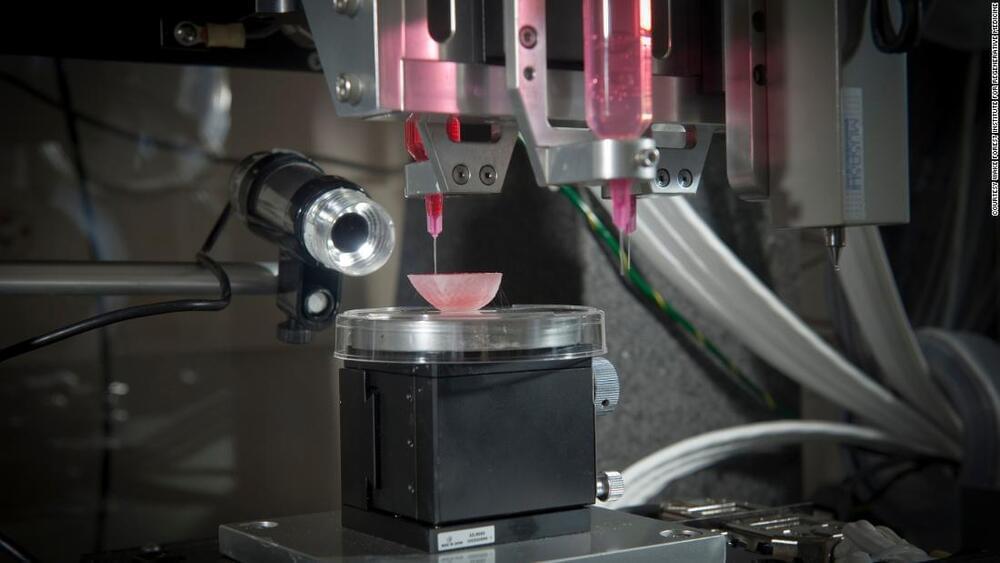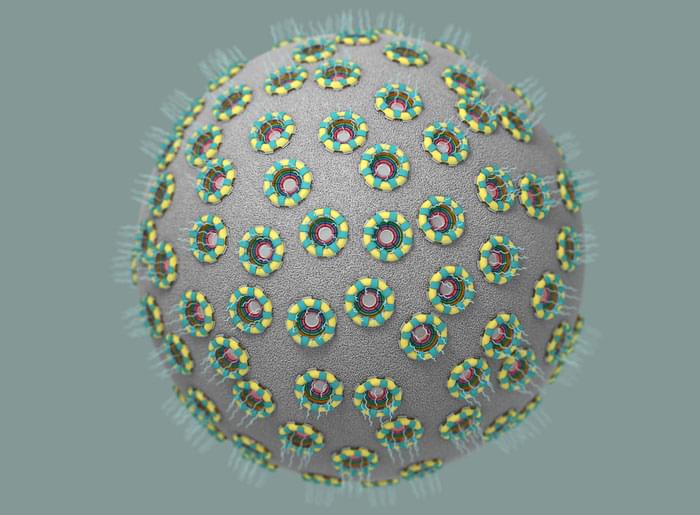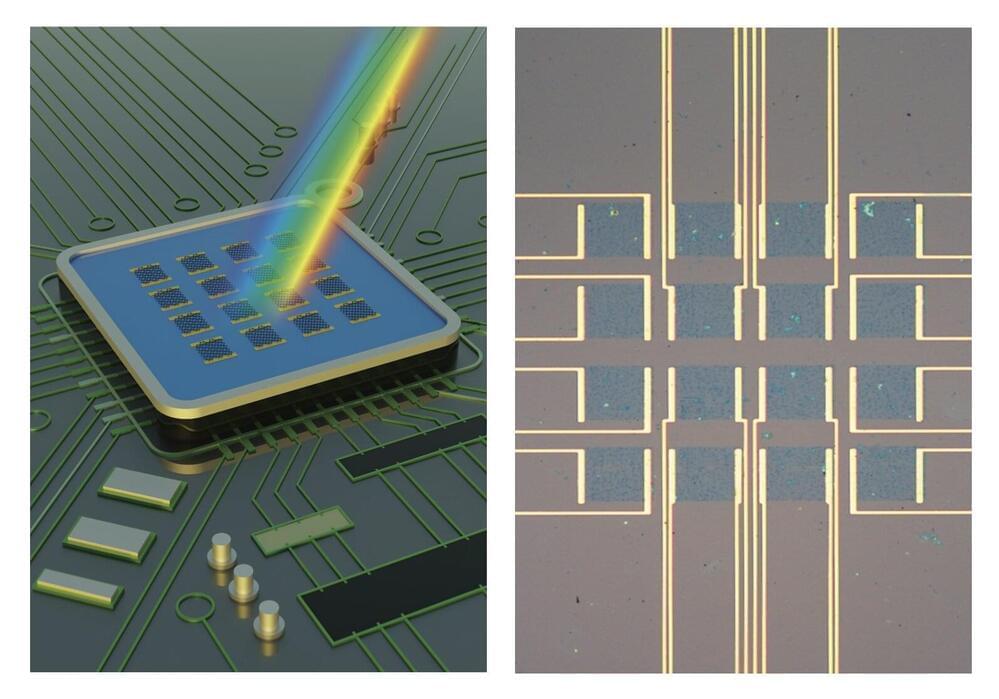Join my community at http://johncoogan.com (enter your email)
All images were generated by OpenAI’s DALL-E 2: https://openai.com/dall-e-2/
KEY SOURCES:
https://sitn.hms.harvard.edu/flash/2017/history-artificial-intelligence/
https://www.g2.com/articles/history-of-artificial-intelligence.
https://en.wikipedia.org/wiki/Timeline_of_artificial_intelligence.
https://courses.cs.washington.edu/courses/csep590/06au/projects/history-ai.pdf.
ABOUT JOHN COOGAN:
I am the co-founder of http://soylent.com and http://lucy.co, both of which were funded by Y Combinator (Summer 2012 and Winter 2018).
I’ve been an entrepreneur for the last decade across multiple companies. I’ve done a lot of work in Silicon Valley, so that’s mostly what I talk about. I’ve raised over 10 rounds of venture capital totaling over $100m in funding.
I work mostly in tech-enabled consumer packaged goods, meaning I use software to make the best products possible and then deliver them to the widest possible audience. I’m a big fan of machine learning, python programming, and motion graphics.







